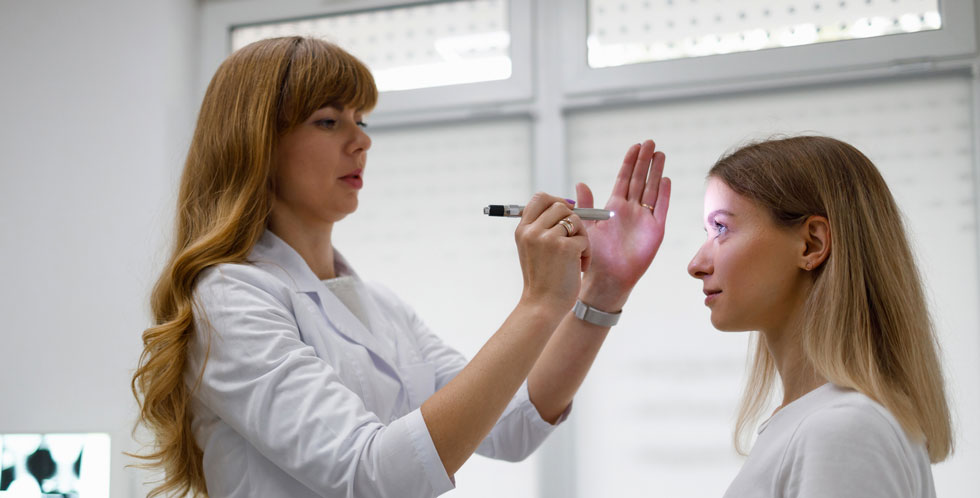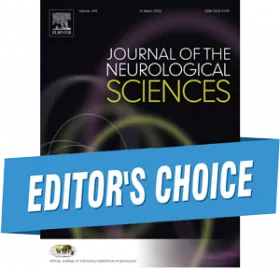Use of concussion check protocol for concussion assessment in a female soccer team in New Zealand [JNS459 Editor's Choice]
29 May 2024

Authors: Doug King, Patria Hume, Trevor Clark, Jennifer Wethe
Editor's Choice
Journal of the Neurological Sciences. REVIEW ARTICLE| VOLUME 460, 123011, MAY 15, 2024
DOI: https://doi.org/10.1016/j.jns.2024.123011
Highlights
- An objective, lay-person administered, Concussion Check Protocol had 100% sensitivity and specificity in identifying concussion.
- The incidence of concussion was 20.8 per 1000 match hours in this study of amateur female's club soccer.
- Mean days lost from match participation post-concussion was 31.0 (95% CI: 27.9–34.1)
Abstract
Aim
Address deficiencies in access to sports sideline medical care by using a Concussion Check Protocol (CCP) for non-medically-trained people.
Method
A prospective observational cohort study was undertaken on a single amateur female club-based soccer team over two consecutive years in New Zealand utilising a non-medically trained support person termed a Safety officer. CCP is an extension of the King-Devick test with features such as warning signs and symptoms of concussion built into the application. All players suspected of having a potential concussive injury were tested on the match sideline.
Results
The study overall incidence of match-related concussions was 20.8 (95% CI: 11.8 to 36.6) per 1000 match-hrs, with mean missed-match duration of 31 (95% CI: 27.9 to 34.1) days. Twelve players over the study had a significantly slower post-injury K D (49.9 [44.3 to 64.1]s; χ2(1) = 11.0; p = 0.0009; z = −2.9; p = 0.0033; d = 0.30) and/or reported symptoms, compared with their own baseline (47.2 [44.3 to 64.1]s). CCP had an overall sensitivity of 100% (95% CI: 73.5% to 100.0%), specificity of 100% (95% CI: 69.2% to 100.0%) and positive predictive value (PPV) of 100% (84.6% to 100.0%).
Conclusion
Sideline use of CCP was undertaken successfully by non-medically trained people and provided a reliable platform for concussion identification.
Web design by Tribal Systems








